SD › Italy › Milan › Best Desserts & Bakeries
Updated: April 28, 2022
By Santorini Dave
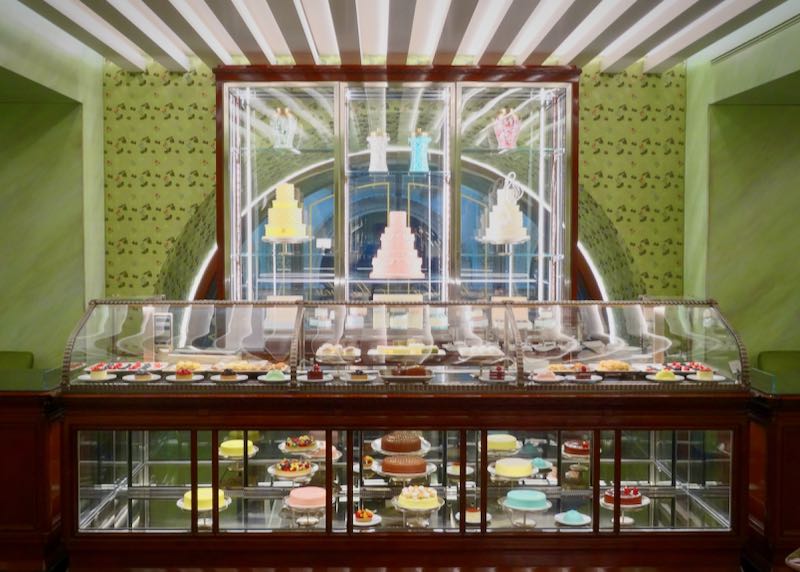
Exquisite desserts in Milan’s Pasticceria Marchesi.
The Italians take their desserts seriously, and Milan is arguably more serious about them than anywhere else in the country. Chefs come here from all over Italy to take advantage of Milan’s prestige as the country’s northern capital along with its proximity to the rest of Europe, producing tasty creations to go along with post-dinner espresso or sweet dessert wines (Moscato, for instance, is native to the Piedmont region, just southwest of the city). You won’t walk more than a block or two in the city center before you stumble upon a gelateria or pasticceria filled with delicious, sugary indulgences, particularly in the tourist-heavy Centro Storico area near the Piazza del Duomo and the Galleria shopping area.
While pastries and gelato are unquestionably the most common offerings, the dessert scene goes well beyond that familiar ground. Chocolate lovers, for instance, pilgrimage to Zaini Milano, situated near Corso Como in the north part of the city, which has been serving truffles and confections (and yes, chocolate gelato) for nearly a century. Meanwhile, Milan’s famous aperitivo culture means there are prepared desserts to sample every night of the week, presented buffet-style in stacks and rows, all freeof charge(as long as you’re drinking).
However, given that Milan cuisine is in many ways a “greatest hits” compilation of Italian food, any visitor here is advised to bias toward the classics. Hence, the list below contains not only the most iconic desserts in Milan, but many of the most iconic in the whole country (though not comprehensive by any means…tiramisu, for instance, is not included here). Every pastry shop and restaurant does their own take, so it’s imperative for sweet-toothed visitors to seek out unfamiliar offerings as well as fresh interpretations of go-to standards. True connoisseurs may also want to investigate their options with cooking classes, as many of the same companies that offer traditional pasta-making courses have optional dessert-based lessons as well. Enjoy!
5 Best Desserts in Milan
Panna Cotta
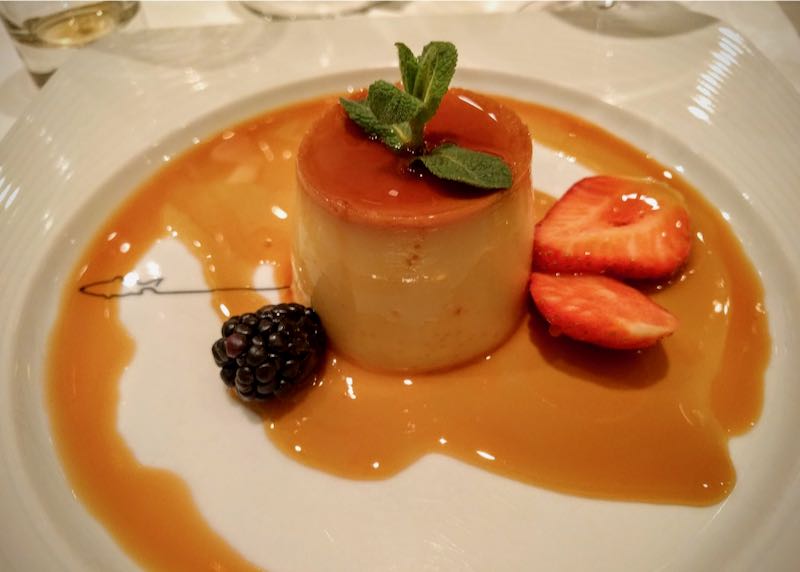
Over the last several decades, panna cotta has become synonymous with dessert in Italy, but it’s a somewhat recent innovation, only coming to prominence in the 1960s or so. Often served chilled, and with a distinctively rich, silky texture, most believe this pudding-like concoction originated from the wine-making region of Piedmont in Northern Italy, and it does make sense that it would emerge from somewhere closer to the rest of Europe, which has a number of comparable, cream-based desserts with a similar pudding-like texture (think crème brulée in France, for instance).
In Milan, you will find it available all over the place in pizzerias, pasta shops, and pasticcerias, prepared in an endless variety of styles involving everything from berry compotes to coffee bean infusions. Your best bet is to order it in a restaurant whose pasta you’ve particularly enjoyed; chances are good the place will have it, and that the dessert chef has given it some extra flair.
Where to try it: Cantina della Vetra • Map
Cannoli
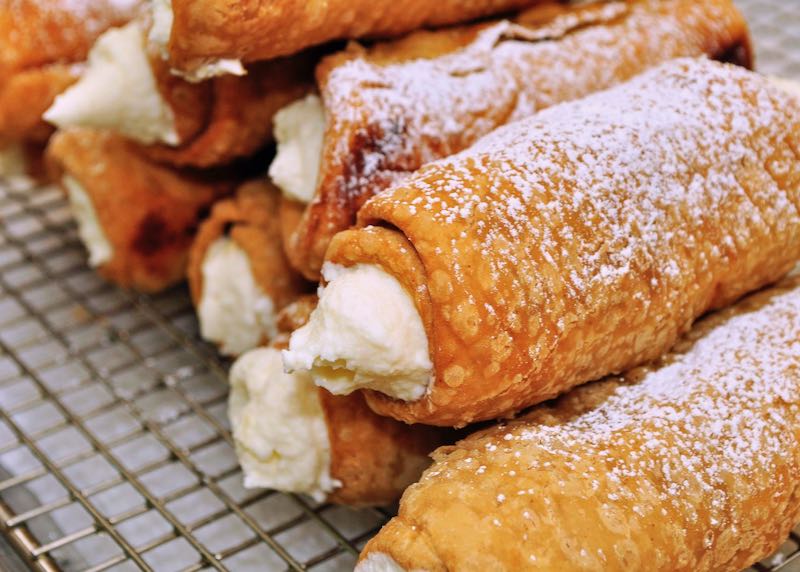
In contrast to the recent emergence of panna cotta, cannoli has been around for hundreds of years, all the way back to when the Arabic people known as the Moors controlled much of present-day Sicily. It was commonly prepared around Lent, or more specifically the pre-Lent Carnevale season where rumor has it the dessert was seen as a fertility symbol. The familiar, tube-shaped pastry is lightly fried, then filled with ricotta, mascarpone, or both, along with any number of other flavors (anything from vanilla and berries to dark chocolate and pistachios).
In Milan, you can find them everywhere, which is both good and bad. Cannoli is made to be eaten quickly in order to preserve the difference in texture between the shell and the stuffing, and sometimes too much time lapses between when they’re prepared and sold to be eaten. To get around that, look outside the most tourist-y area (near Piazza del Duomo) and venture further north to the Brera district north to Castle Sforza. The pastry shops in this part of town (just a 10-15 minute walk away from the Duomo) are more dependable. Really though, it’s hard to go too wrong; even a cannoli that’s been sitting for a while is still pretty delicious.
Where to try it: Ammu Café • Map
Gelato
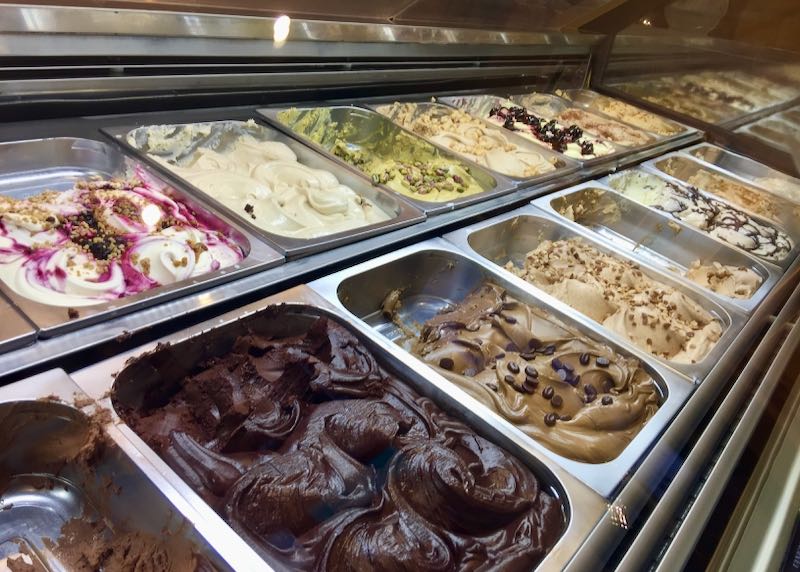
If there’s one truly inescapable dessert in Italy, it’s gelato. The Italian version of what we in the States know as ice cream contains less fat, and a softer, lighter texture that derives from a different churn method (and less cream). You will have plenty of time and opportunity to sample the distinctions yourself in virtually any major Italian city. In Milan, the stuff is a little less pervasive, mostly because it’s a little colder here in the north part of the country and so a frozen treat has less obvious appeal. But it’s still very easy to find (particularly in the summer months).
Again, you are better served leaving the immediate area around Piazza del Duomo and looking elsewhere; one option is to head south toward Porta Ticinese and the Navigli district, only 10 minutes away from the Duomo area via tram. The streets along the canals here (all of Milan was once ringed with canals, Amsterdam-style) are full of shops and restaurants vying for foot traffic, and the competition has made the gelaterias up their game to try and impress the locals who are drawn by the many aperitivo opportunities in the neighborhood.
Where to try it: Gusto 17 • Map
Panettone
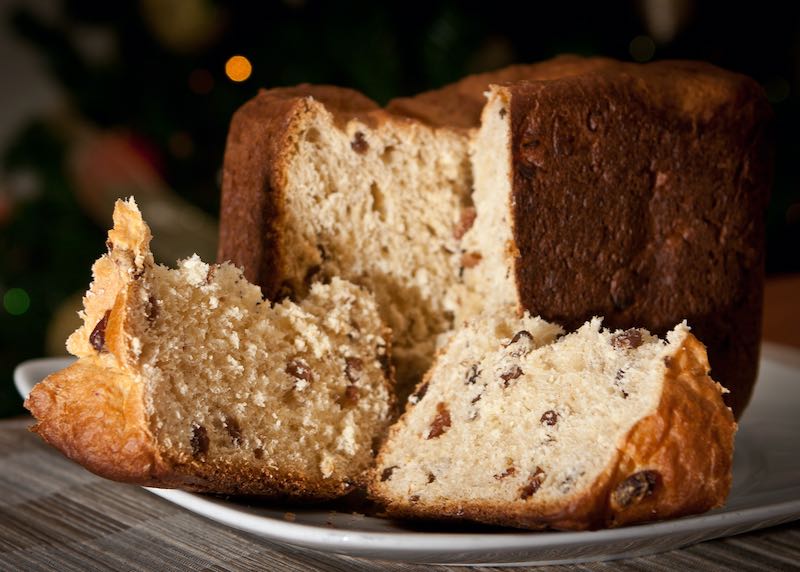
Looking for a true Milan original? Panettone, a rich, sugary bread stuffed with a combination of raisins, lemon, and flavored oranges (sometimes the chef sneaks in a little chocolate) originated right here over 500 years ago. A number of legends are out there describing its exact origins, all of them involving nobles and well-known figures from the city’s history. These days, it’s mostly known for being a traditional holiday favorite, to be enjoyed with a festive glass of dessert wine, prosecco, or a smooth amaretto (among other options).
The process of making panettone is fairly laborious, but the presentation is remarkably consistent; it’s pretty much always done in a cylindrical shape, usually wrapped in paper (partially to prevent the dough from defusing away from the core). If kept wrapped and prevented from getting too warm, the bread can sit for months and not lose its freshness. Hence, in Milan, you will often find it sold whole, and not necessarily available by the slice. Having said that, there are a number of shops in the city that base their entire reputation on this one dessert, sliced or whole. Some of the best ones can be found in the neighborhood just to the east of the Piazza del Duomo, in the Monforte neighborhood. Take a loaf out to an outdoor table (which are everywhere in Milan) and you might make a few new (hungry) friends after you unwrap it.
Where to try it: Pasticceria Giacomo • Map
Semifreddo
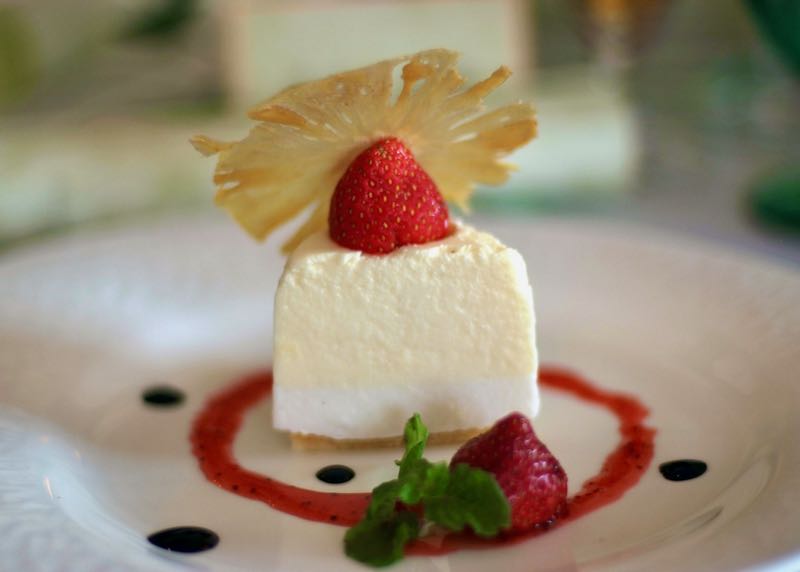
Translated as “semi-cold,” semifreddo is the lighter, frothier, less well-known cousin of gelato. While semifreddo, like gelato, is prepared as a frozen dessert, it’s actually more of a pastry than anything else, with a texture reminiscent of custard or mousse. The dessert hasn’t been around very long by historical standards, only starting to appear in recipes from the early 20th Century or so. Its exact origins are somewhat mysterious; according to chef and author Marino Marini the dessert is an evolution of the French parfait, which makes sense since both parfait and semifreddo depend on a delicate balance of sugar, fat, and liquid to create their distinct textures.
Semifreddo is often served at gelaterias throughout Milan, which means it’s pretty easy to find while you’re in town. But that tricky texture means you will see some variety in quality. To increase your odds of finding a winner, try the area by Park Sempione, particularly near the Arco della Pace (Peach Arch) on the park’s northwest edge. This part of town has some of the best aperitivo in the city, as well as more native Milanese who are pickier about their food (and desserts) than out-of-towners. That’s a good combination, and the likelihood of enjoying a top-notch sample is higher.
Where to try it: Ciacco Gelato Senz’altro • Map
Best Milan Pasticcerias
Pasticceria Sant-Ambroeus
Half a refined and opulent (expensive) restaurant, half a pasticceria and chocolatier counter, with a standing bar that has remained largely unchanged (marble counter and enormous Murano chandelier intact), since 1936. • Map
T’a Milano
A chocolate shop, bar, restaurant, and boutique; this place has it all. Try the award-winning white chocolate bar with caramel and Hawaiian sea salt. • Map
Pasticceria Marchesi 1824
Historic pasticceria now owned by Prada. Visit the original 1824 store on Via Santa Maria della Porta, the sumptuous pistachio green cafe above the Prada store in the Galleria, or the third outlet in the Quad. • Map
Iginio Massari
Showcasing the work of the eponymous award-winning celebrity chef, Massari specializes in pastries and chocolates, all freshly made in-house (watch the staff constantly bring more out of the kitchen). Just off the Duomo square. • Map
Pasticceria Cova Montenapoleone
Another classic Milanese pasticceria, opened in 1817, now also owned by one of the big fashion houses – Louis Vuitton. Superb breakfasts and lunches. • Map
Princi
Several branches around the city (and the world) of this chic Milanese bakery that does way more than just bread. The Piazza Cordusio outlet is conveniently open 7am-10pm. • Map
Baunilla
This modern, welcoming little pasticceria is smack bang in the center of the city yet somehow feels off the beaten track. It has cozy seating and does amazing chocolates. • Map
Pasticceria Gattullo
A beautifully preserved 1960s pasticceria that has has held on to its family values and features great dishes for breakfast, lunch, afternoon tea, and aperitivos. • Map
Pavè Milano
Hip pasticceria that is excellent any time of day for delectable pastries, such as double hazelnut short dough with chocolate ganache and raspberry pulp, afternoon tea, as well as more substantial offerings on their homemade focaccia. Vegan and gluten-free options available, as are English menus. • Map
Pasticceria Sissi
Whimsical sweet and savory creations in a charming cafe with a walled garden. Sissi has become a veritable pilgrimage for many Milanese wanting to enjoy their food and surroundings. • Map
About Santorini Dave